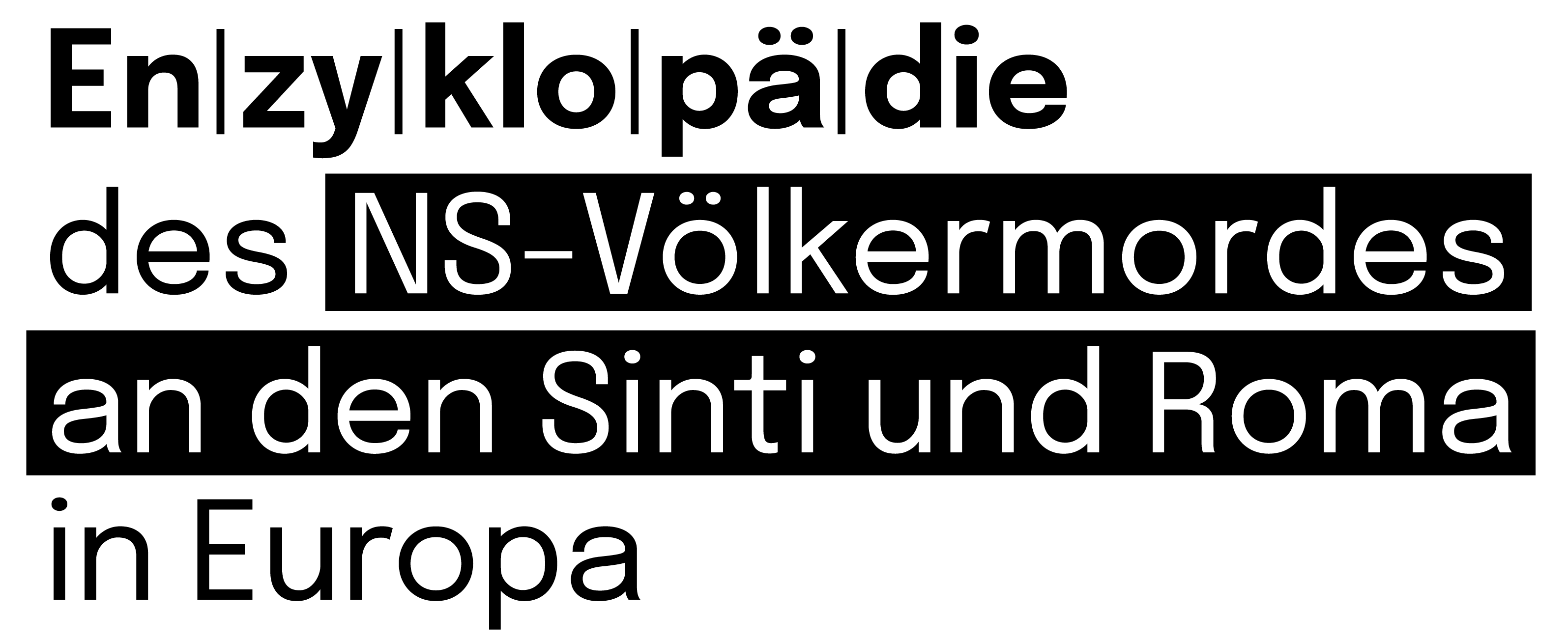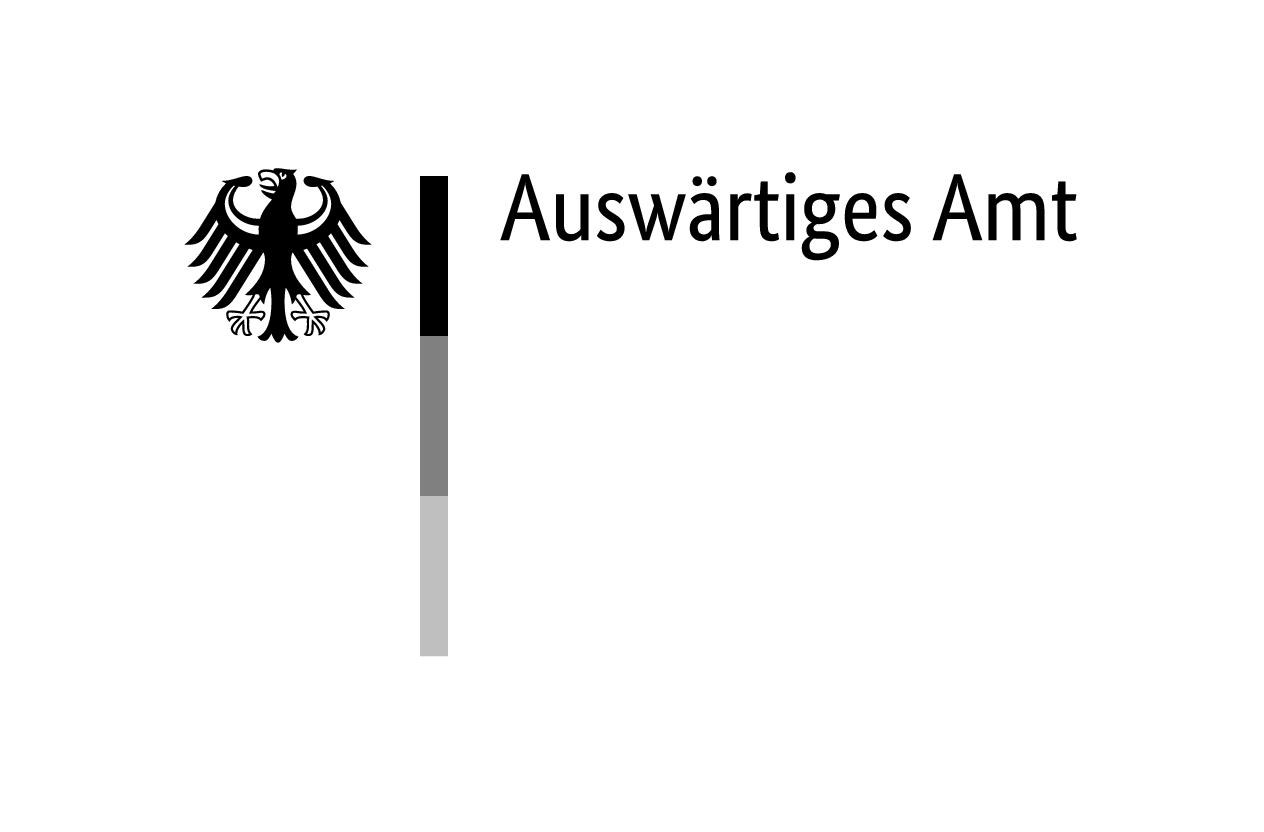After German, Italian and Hungarian troops invaded the Kingdom of Yugoslavia on 6 April 1941, the country was divided up among the Axis powers. The Independent State of Croatia was created, which also included Bosnia and Herzegovina and was ruled by the nationalist, extreme right-wing Ustaša movement of Ante Pavelič (1889–1959). Serbia was occupied by the Wehrmacht, and a ‘Military Administrative Region of Serbia’ was established which included part of northern Kosovo and the Banat as well as central Serbia.
Creation of the Province of Ljubljana
Part of Montenegro became a protectorate of Italy, while Kosovo and western Macedonia were annexed to Albania, which in turn had been under Italian rule since 1939. In Slovenia, the Germans annexed Lower Styria [Slovenian: Štajerska], Upper Carniola [Slovenian: Gorenjska] and the Slovenian part of Carinthia [Slovenian: Koroška]. The German territories thus reached as far as the northern suburbs of Ljubljana.
The city of Ljubljana, Inner Carniola [Slovenian: Notranjska], Lower Carniola [Slovenian: Dolenjska] and White Carniola [Slovenian: Bela Krajina] were occupied by the Italian army and annexed by the Kingdom of Italy on 3 May 1941 under the name ‘Provincia di Lubiana’ [Province of Ljubljana]. The Übermur region [Slovenian: Prekmurje] was annexed to Hungary.
Population Policy
The Province of Ljubljana was led by High Commissioner Emilio Grazioli (1899–1969) and divided into districts led by Italian officials, while the municipalities continued to be administered by local mayors. The Slovenians living in the annexed territories did not become Italian citizens. Initially, the Fascist regime courted the Slovenian elites to gain their support and promised a fair degree of self-government. The aim was to distinguish its own policy from that of the Germans in the north, whose brutality had driven around 20,000 refugees into the Province of Ljubljana.
Within a few months, however, a completely different policy had gained the upper hand, namely one of forced and violent Italianisation of the Slovenian population. This was often justified by the emergence of the opposition movement known as the Osvobodilna Fronta (OF), which included not only the Slovenian Communist Party but also part of the Christian social movement. The speed with which an armed opposition formed surprised the Italian authorities, who were still convinced that the population would be grateful for the opportunity to participate in ‘Italian civilisation’.
The Fight against Partisans and the Establishment of Concentration Camps
The battle waged by the Italian army against the Slovenian partisans resulted in the arbitrary killing of civilians who were seen as their supporters, the destruction of villages and the confiscation of goods, as well as the removal of civilians to concentration camps (campi di concentramento) run by the Royal Army, which were located on the Italian peninsula as well as along the Dalmatian coast and on the Dalmatian islands. Thirteen Roma were among those who died in the Arbe camp. Several Slovenian Roma families were transferred to the Gonars (Udine) camp, where the Italian army detained civilians arrested in the Province of Ljubljana under particularly harsh conditions.
Persecution of Roma
Inadequate food and lack of medical care were probably the cause of the death of two girls born in the Gonars camp. The Institute of Contemporary History in Ljubljana has named the Slovenian Rom Anton Hudorovič (1922–1943) as a victim in the camp for civilians in Chiesanuova near Padua and another Rom, Karel Hudorovac (1910–1943), in the Visco camp (Udine). Both camps were run by the Royal Italian Army. Three other Slovenian Roma who were victims of the Italian occupiers should also be mentioned: Two of them were murdered in the Province of Ljubljana, the third person in Palmanova (Udine) in September 1944.1Institute of Contemporary History in Ljubljana, file of victims among the Slovenian Roma and Sinti in the World War II (internal document, kindly provided).
Around a hundred Slovenian Roma were arrested in various places in the Province of Ljubljana during so-called combing operations, transferred to a barracks in the capital and then interned in the Tossicia concentration camp in Abruzzo between June and July 1941.2Archivio storico del Comune di Tossicia (AsT) [Historical Archive of the Municipality of Tossicia], Cat. XV, Pubblica Sicurezza, b. 2, Fasc. 23, letter Questura di Teramo [Teramo Police Headquarters] to Prefettura di Teramo [Teramo Prefecture], Uff. Ragioneria (Accounts Department) and to Direttore campo concentramento di Tossicia [Director of the Tossicia concentration camp], Prot. n. (AZ) 5338, Div. [Dept.] I, Oggetto: Zingari provenienti da Lubiana [Subject: Gypsies coming from Lubiana], 19 June 1942.
The Intensification of the Situation from 1942 and the Massacres of Roma
From the spring of 1942, the Italian army was no longer able to control most of Slovenia, and the OF seized a large area stretching from the suburbs of Ljubljana to the border of the Independent State of Croatia. Historians have long since described the brutality with which the Italian army reacted. The campaign under the command of General Mario Robotti (1882–1955) did not achieve the hoped-for results despite massive military deployment and excesses against the civilian population.
The Roma and Sinti living in the Slovenian territories annexed by Italy were now caught between the Italian army and the partisan units resisting it. The massacres committed by Slovenian partisans against Roma in various villages in the Province of Ljubljana can be placed in this context of widespread violence.3Cf. Uroš, „When Violins Fell Silent“. These events have only recently been researched by Slovenian historians, and as a result Roma have also been recognised as victims of the violence perpetrated by all sides during World War II.
In 2010, Tadeja Tominšek Čehulić was the first to document a massacre of 41 Roma, which took place on 19 July 1942 in the village of Kanižarica in the Črnomelj district.4The district of Črnomelj [Italian: Cernomegli] was located in the south-east of the Province of Ljubljana, on the border with the NDH. The victims were accused of being spies in the service of the Italians. The partisans did not limit themselves to ‘executing’ individual persons accused of espionage, but killed entire families, including infants and pregnant women. Those murdered were stigmatised as ‘Gypsies’ and treated as a group rather than as individuals.
Arrests and Deportations
After the Kanižarica massacre, around 200 ‘Gypsies’ were ‘concentrated’ by the Italian Army in Črnomelj and another 100 in Metlika for their ‘protection’. Additional funds were requested for them from the provincial welfare office in Ljubljana. On 9 August 1943, there were 24 families in Črnomelj (20 with the surname Hudorovac, two families named Brajdič and one each with the surnames Brezar and Tkalcič) who were housed in barracks. What happened to them after 8 September 1943, when the Province of Ljubljana was incorporated into the ‘Adriatic Coastal Zone of Operations’ (OZAK), is unknown.
The deportation of 84 Roma to concentration camps is documented from the months that followed the arrival of the German Army: 78 Roma, almost all of whom were born in the Novo Mesto district,5Part of the Province of Ljubljana. were deported to the Auschwitz-Birkenau concentration and extermination camp, two to Ravensbrück concentration camp, two to Mauthausen-Gusen, and one each to Buchenwald and Leitmeritz, a subcamp of Flossenbürg. In addition, twelve Roma were killed by the Germans in various villages in occupied Slovenia.6The personal details of the deportees were researched by the Institute of Contemporary History in Ljubljana (file of victims among the Slovenian Roma and Sinti in the World War II, internal document) and generally make it possible to find the relevant documents in the Arolsen Archives.




